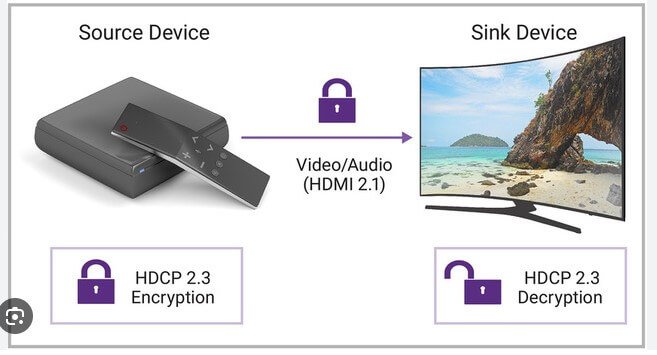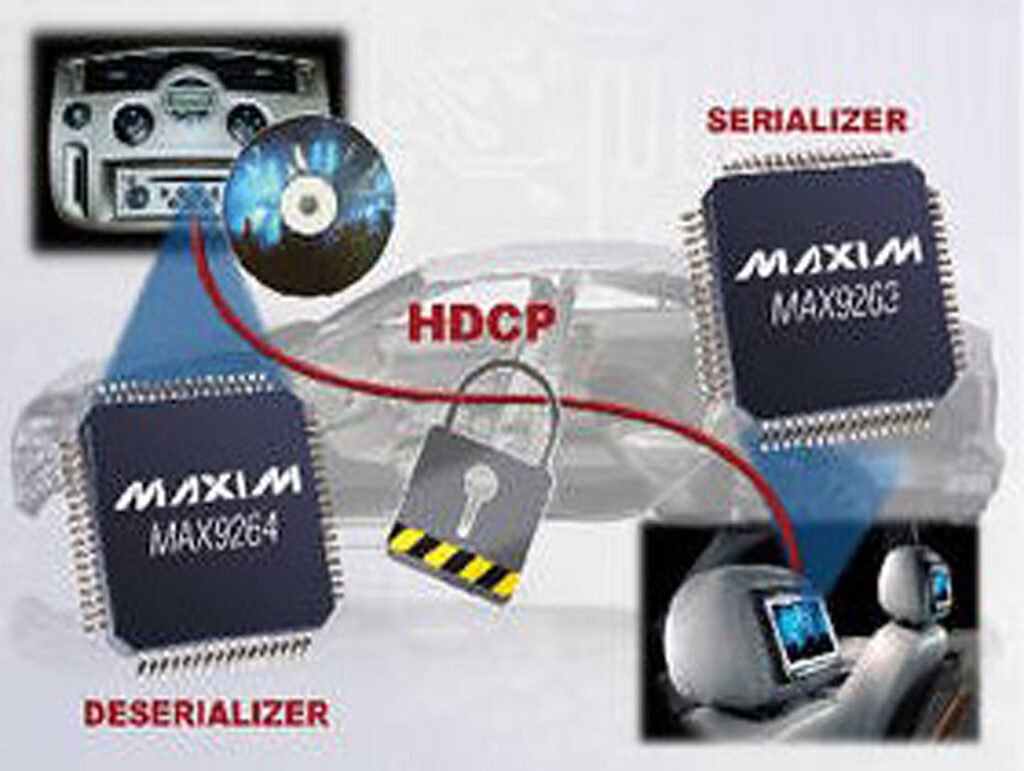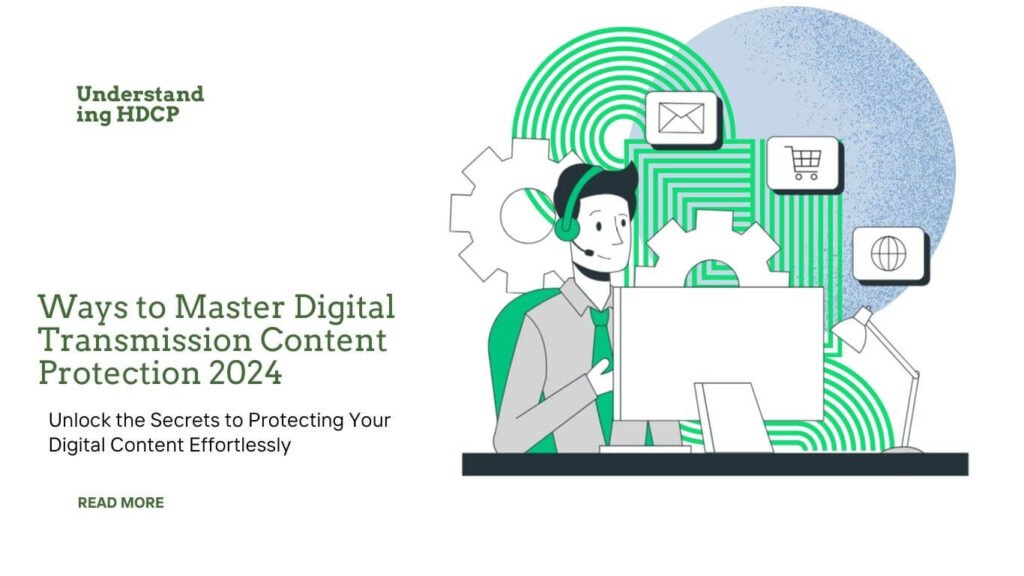Understanding HDCP: How Authentication and Key Exchange Keep Your Content Secure
HDCP (High-bandwidth Digital Content Protection) plays a crucial role in safeguarding digital transmission content protection during its transmission from one device to another. It creates a secure link between your source device, such as a Blu-ray player or streaming box, and your display device, like a TV. But how does HDCP actually protect this content? The answer lies in a system of authentication and key exchange.

The Key Exchange Process: How Devices Establish Trust
At the core of HDCP is the exchange of unique encryption keys that allow devices to communicate securely. Every HDCP-compliant device is equipped with a set of 40 unique 56-bit keys and a public key known as the Key Selection Vector (KSV).
Here’s what happens when you try to stream or display protected content:
- Device Communication: Before any content is transmitted, the source (like your Blu-ray player) and the display (your TV) begin to talk to each other. The source sends its KSV to the display, and the display responds with its own KSV.
- Authentication Check: Both devices check whether the other’s KSV is valid. If they recognize each other as compliant, they move forward with the next step. This ensures that only authorized, HDCP-compliant devices are allowed to receive the content.
- Encryption Setup: Once the devices authenticate, they combine their KSVs with their individual keys to create an encrypted communication line. This encryption keeps the content secure during transmission, preventing unauthorized interception.
- Continuous Monitoring: After the connection is established, the devices continue to monitor the connection, ensuring that the encryption remains intact. This makes sure the content stays protected during the entire transmission process.

Protecting Digital Content: How Encryption and Decryption Work
To prevent unauthorized access, the source device doesn’t just send the content as is—it encrypts the content before transmission. The display device then decrypts it using the shared encryption key. This process acts like a lock-and-key system, ensuring that even if someone were to intercept the signal, they wouldn’t be able to make sense of the data without the proper key.
However, HDCP has some limitations. HDMI sources can only support a limited number of keys, meaning that they can only handle a few devices at a time. In fact, some devices only accept a single key, restricting the content to a single display. If a non-HDCP-compliant device, such as an older DVI monitor, is connected, the signal is immediately cut off, and all connected displays may go dark.

Solving HDCP Issues: Using Switches to Manage Multiple Displays
In setups where multiple displays need to receive the same content, this limitation can be a problem. Fortunately, there’s a workaround—using an HDCP-compliant switch.
Here’s how it works:
- The switch has its own set of HDCP keys for each output, acting like an individual source for each connected display. Each display then authenticates with the switch separately.
- The original video source (like the Blu-ray player) only needs to authenticate with the switch’s input. The switch handles the authentication with each display on its own.
This setup has a huge advantage: if one of the displays isn’t HDCP-compliant, the switch can cut off the signal to that single display, while allowing the rest of the system to function normally. This ensures smoother, more reliable content delivery across multiple devices without interrupting the entire system.
Conclusion: The Role of HDCP in Secure Content Transmission
HDCP’s system of authentication and key exchange is designed to ensure that only trusted devices can access protected content. While its strict compliance can sometimes cause issues—like cutting off the signal when non-HDCP-compliant devices are involved—it is an essential part of preventing digital piracy.
In systems with multiple displays, using an HDCP-compliant switch can offer a practical solution, ensuring reliable transmission without affecting the entire setup. Ultimately, HDCP plays a vital role in maintaining the integrity of digital content while providing a secure connection between devices.







[…] summary, HDCP is a fundamental pUnlock The Secrets of Digital Transmission Content Protection Techniques For 2024art of modern digital content protection. It’s crucial for watching 4K content across multiple […]